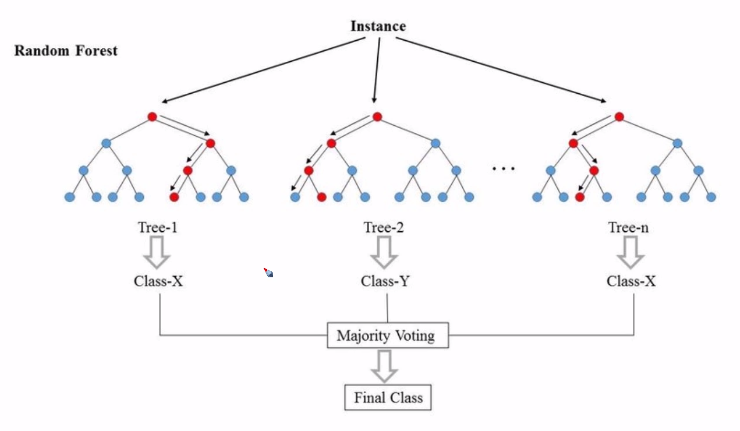Hello, future data scientists!
Following our journey from the foundational “Linear Regression – The Foundation of Supervised Learning,” let’s navigate the exciting landscape of Decoding Classification Techniques in Supervised Learning. This blog aims to simplify these concepts, making them accessible for a broader audience. So, buckle up as we demystify these techniques, one step at a time!
Understanding Classification in Supervised Learning 🧠
What Is Classification?
In supervised learning, classification involves categorizing data into predefined classes or groups. It’s like sorting different fruits based on their types – apple in the apple box, banana in the banana box, and so on. 🍎🍌
Why Is It Important?
Classification helps in making sense of data by labeling it, which is vital in numerous real-world applications like email spam detection, image recognition, and medical diagnosis.
Key Classification Techniques 🔑
- Decision Trees 🌳: These are like flowcharts where each decision leads to a new branch until a conclusion (class) is reached.
- Random Forest 🌲: Imagine a group of decision trees voting on the class of a data point. It’s a robust method, reducing the risk of errors from individual trees.
- Support Vector Machines (SVM) 🤖: SVMs find the best boundary that separates different classes. Think of it as drawing the best line in a group of points to separate apples from oranges.
- Naive Bayes 🧮: This technique is based on probability. It’s like guessing the likelihood of someone liking pizza based on age or gender.
- K-Nearest Neighbors (KNN) 👥: KNN finds the ‘K’ closest points to a new data point to determine its class. It’s akin to finding the most common trait among nearest neighbors.
Practical Applications and Examples 🌐
- Spam Detection: Classify emails as spam or not spam.
- Image Recognition: Identify objects within images.
- Medical Diagnosis: Classify patient data for disease prediction.
Tips for Success in Classification Techniques ✨
- Quality Data: Ensure your data is clean and relevant.
- Right Technique Selection: Each technique has its strengths, so choose according to your data and problem.
- Continuous Learning: Stay updated with latest trends and improvements in these techniques.
Conclusion: Your Path to Classification Mastery 🛣️
Classification techniques in supervised learning are pivotal in extracting meaningful insights from data. By understanding and applying these techniques, you can unlock potent solutions to complex problems.
Remember, practice makes perfect! Experiment with different datasets and problems to hone your skills.









